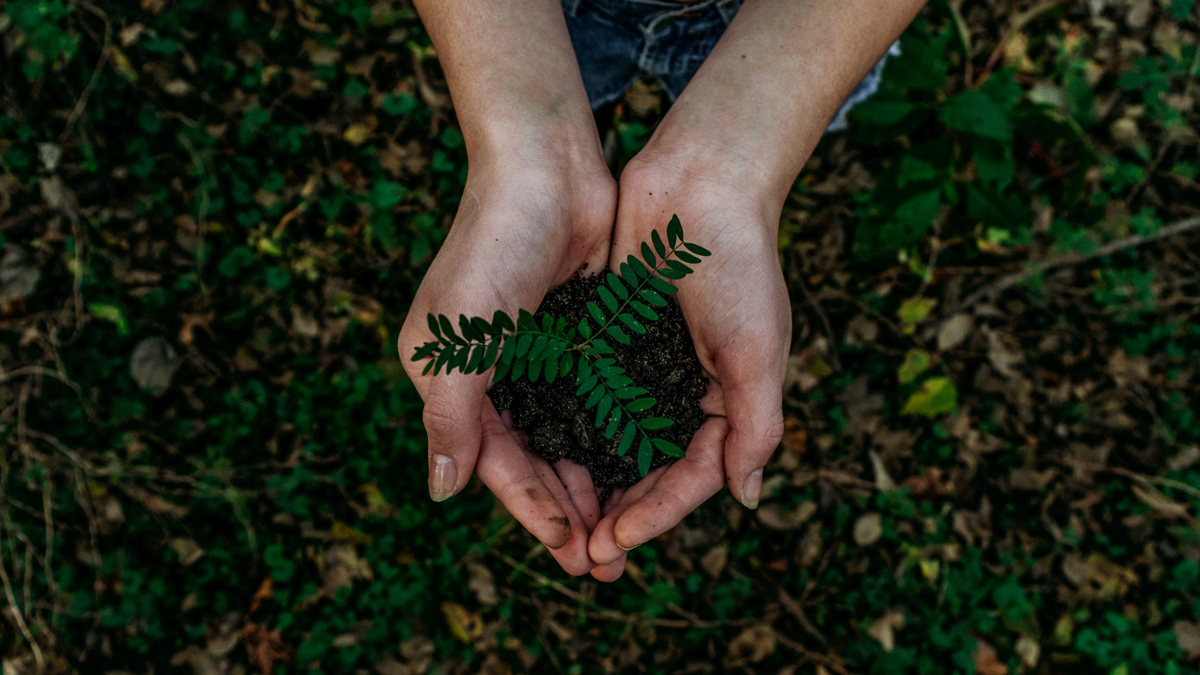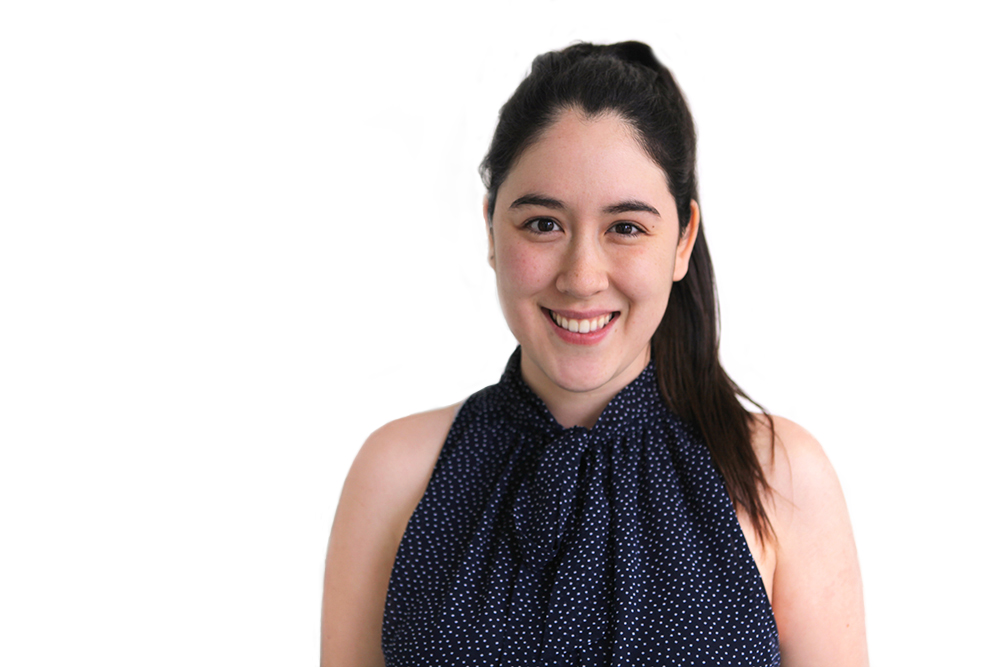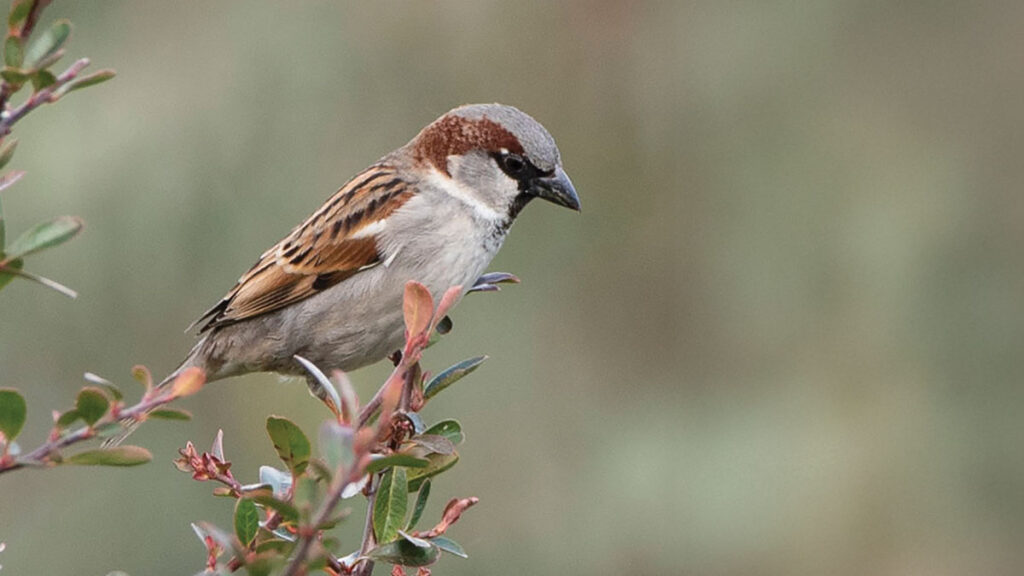If you fly three hours north from Oslo to the Svalbard archipelago, to a mountain buried deep in the Arctic permafrost, you will find something quite unusual. Among the polar bears, reindeer and foxes roaming the rugged glaciers and frozen tundra, another sort of species is squirrelled away: seeds.
While not a natural phenomenon like the Northern Lights, the Svalbard Global Seed Vault is something to behold. Built into the mountain and covering an area of 1000 square metres, it’s a gene bank that can store samples of up to 4.5 million types of seeds from all over the world: wheat, lentils and chickpeas from Iraq; rice from China and Japan; chilli peppers from Mexico.
Scientists who work within the $A12 million vault say they’re trying to safeguard against a global crisis. In the case of a nuclear attack or a mass extinction event—flood, drought, earthquake, tsunami, some of which have already wiped out local crops around the world—the seeds in the vault will be used to rehabilitate the world’s food supply.
This noble notion of leaving things for the future has fascinated humans for centuries. And it has parallels in our faith community as well—as Seventh-day Adventists in today’s society, what are we guarding, protecting and cherishing for future generations?
We are blessed with a great number of libraries and archives filled with resources. And the letters, books and stories of how God led our pioneers would be perfect candidates to safely encase behind glass for preservation. But a greater challenge is the fact that there is nowhere to tuck away the traits that make up who we are as Adventists. We have some excellent “seeds” that are worth preserving—our hope in the second coming, our wholistic lifestyle, the transformational teachings from the Word of God—but where can we store them?
In Matthew 25, a man who is given one talent buries it in the ground for safekeeping, much like the seeds in the vault. The man’s companions, on the other hand, followed Jesus’ invitation to us today: we can preserve our truths and ensure future generations have access to them by putting them into practice.
I’m continually thankful for and inspired by church members who aren’t storing away their gifts, but rather modelling Christ’s example in this area.
I think of a lady at our church who willingly and constantly opens her home to others; of another young lady, who, despite health struggles, has a gift for cooking delicious, healthy food and offers to teach the community; and of a gentleman who is passionate about the Word of God and helps others study it. [pullquote]
Unfortunately for the Svalbard vault, a recent study published by the UK Department for Environment, Food and Rural Affairs revealed that seed vaults, despite their good intentions, can’t save a third of critically endangered plants. Why? Because recalcitrant seeds—such as oak trees, mango trees and horse chestnut trees—need to keep their water content in order to grow. In other words, they’re unable to be dried, as doing so goes against the very nature of what these seeds are meant to do: be planted and grow.
The Svalbard vault and time capsules are logical examples of safeguarding what is precious to us today in the hopes that we’ll have a better future. But I’m blessed to belong to a Church where many people are putting their God-given talents, resources and gifts into action now. I’m challenged by these people to be bold and share the seeds that God brings into my life. I’m challenged by the giants of faith who have gone before us, sharing their faith rather than storing it in a vault. And I pray that my Church may continue to be a community that is willing to plant and share seeds—today.






